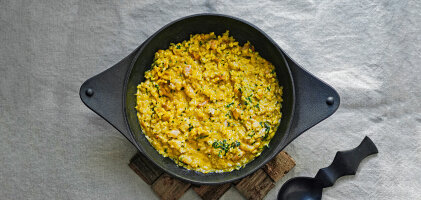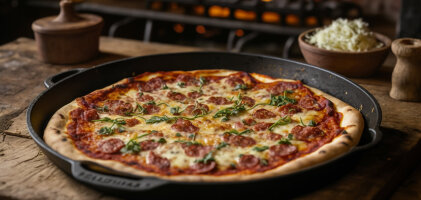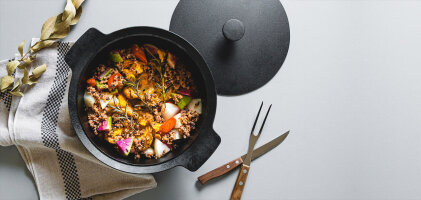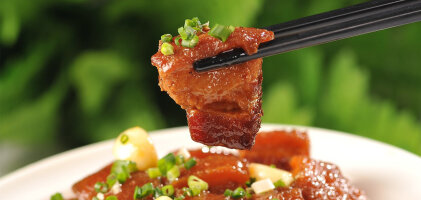Fluffy cinnamon buns from the cast iron pan
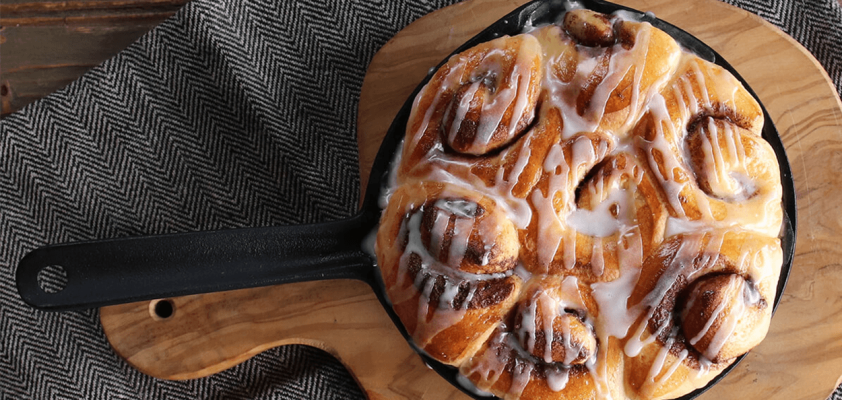
The origin of cinnamon rolls is not entirely known, but it is believed to have its roots in Sweden. Since the early 20th century, they have been baked there and have become a popular pastry for the Swedish coffee break, known as "Fika." In Sweden, cinnamon rolls are traditionally served with coffee or tea under the name "Kanel snegl." Whether fresh from the oven, with sugar glaze, dusted with powdered sugar, or garnished with other toppings like nuts or chocolate - this beloved pastry comes in many variations.
Baking with cast iron
In recent years, sweet and cinnamon-flavored yeast rolls have become increasingly popular worldwide. In Japan, they are now served as a breakfast pastry or during tea ceremonies. Since cooking with cast-iron pans has a long tradition in Japan, cinnamon rolls are also often baked in cast-iron pans. Many Japanese prefer this method as it leads to even browning results and enhances the aroma of the cinnamon rolls. Cast iron inherently has excellent heat conductivity and retention, meaning it evenly distributes heat even at moderate temperatures, resulting in excellent baking outcomes. Additionally, cast iron is considered a durable material with a long lifespan, often passed down as a family heirloom. Many Japanese also appreciate how cast-iron pans develop a natural patina over time, enhancing their performance.
Recipe for moist cinnamon buns
 4 personsNo. of persons
4 personsNo. of persons
 180 minutesTotal Time
180 minutesTotal Time
 easyLevel of difficulty
easyLevel of difficulty
 Dessert, SnackDish
Dessert, SnackDish
 ca. 400kcal per portionCalories
ca. 400kcal per portionCalories
 Vegetarian
Vegetarian
 Eggs
Eggs
 Kitchenware
Kitchenware
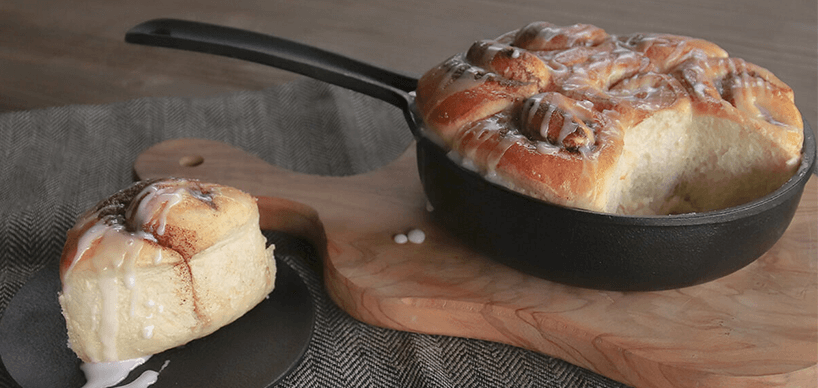
|
400 g
wheat flour
|
|
1 bag
dry yeast
|
|
60 g
sugar
|
|
180 ml
lukewarm milk
|
|
70 g
soft butter
|
|
1
egg
|
|
1 pinch
of salt
|

|
70 g
very soft butter
|
|
70 g
brown sugar
|
|
1 tablespoon
cinnamon
|
|
100 g
Powdered sugar
|
|
some milk
|
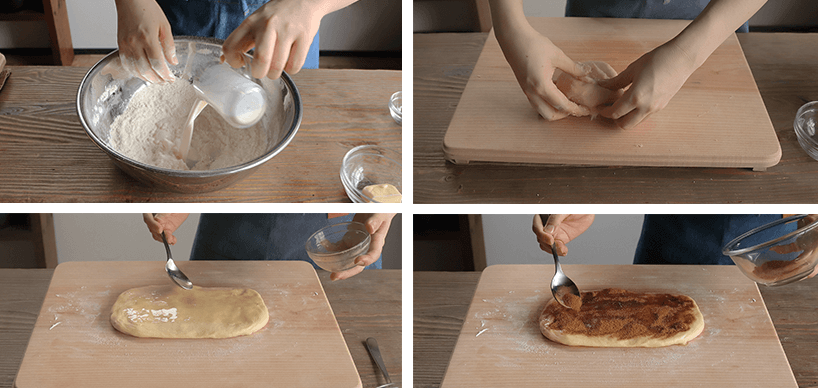
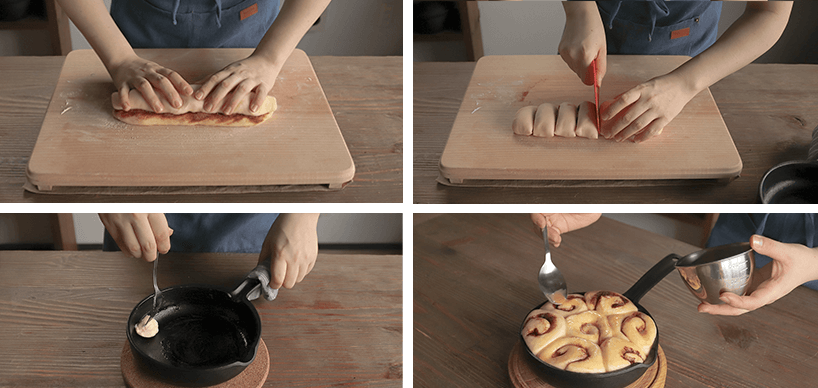
Tip: Fresh out of the oven with a sweet and cinnamon aroma, the rolls taste especially delightful. However, they also freeze well and can be quickly reheated if you're in a hurry.

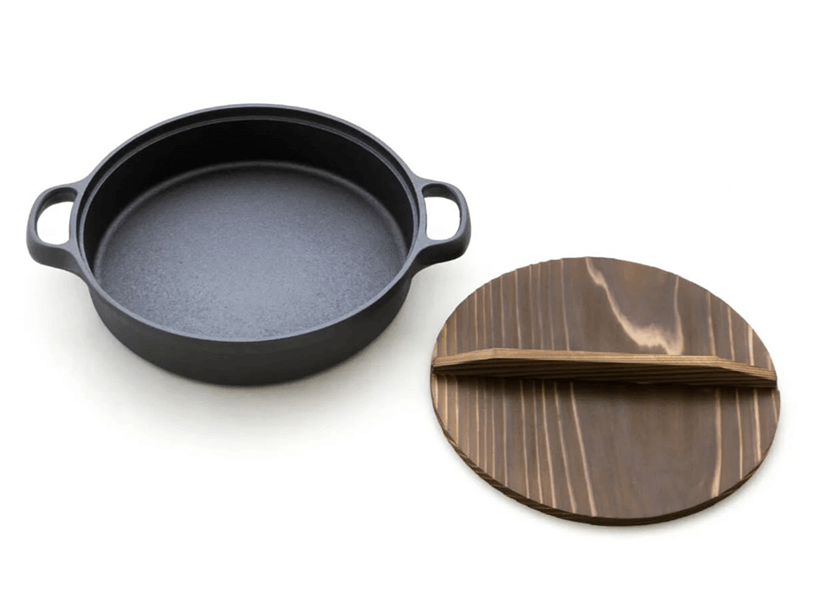
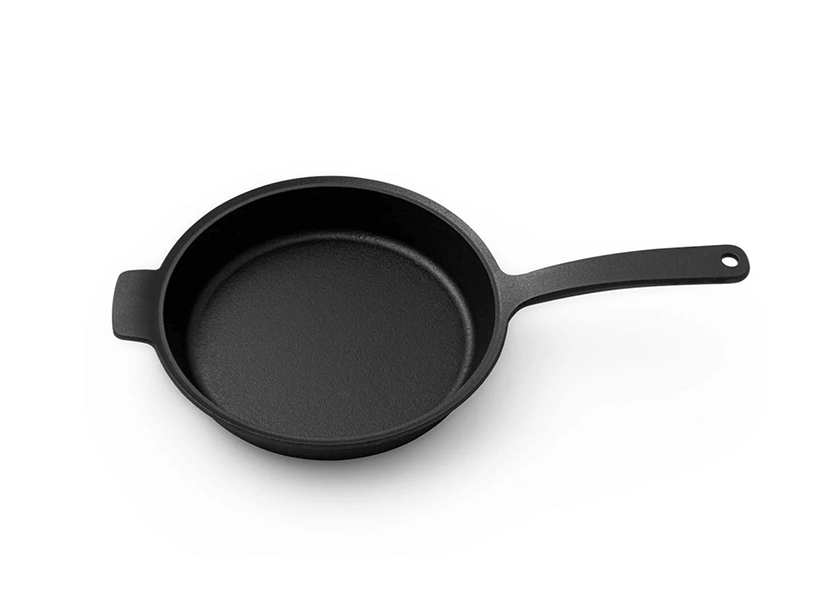


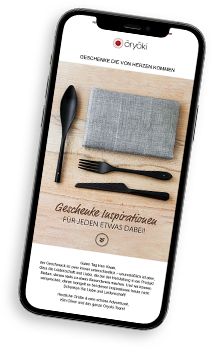

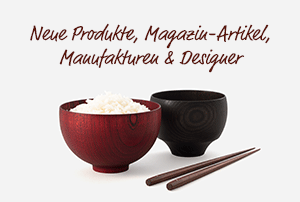

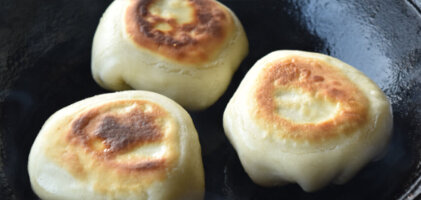
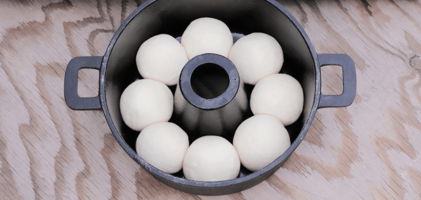

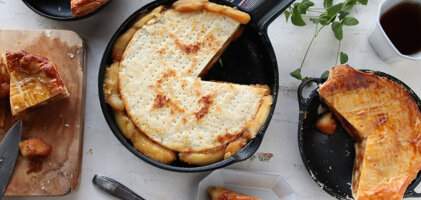
-from-the-yakiyaki-grill-pan.jpg)

